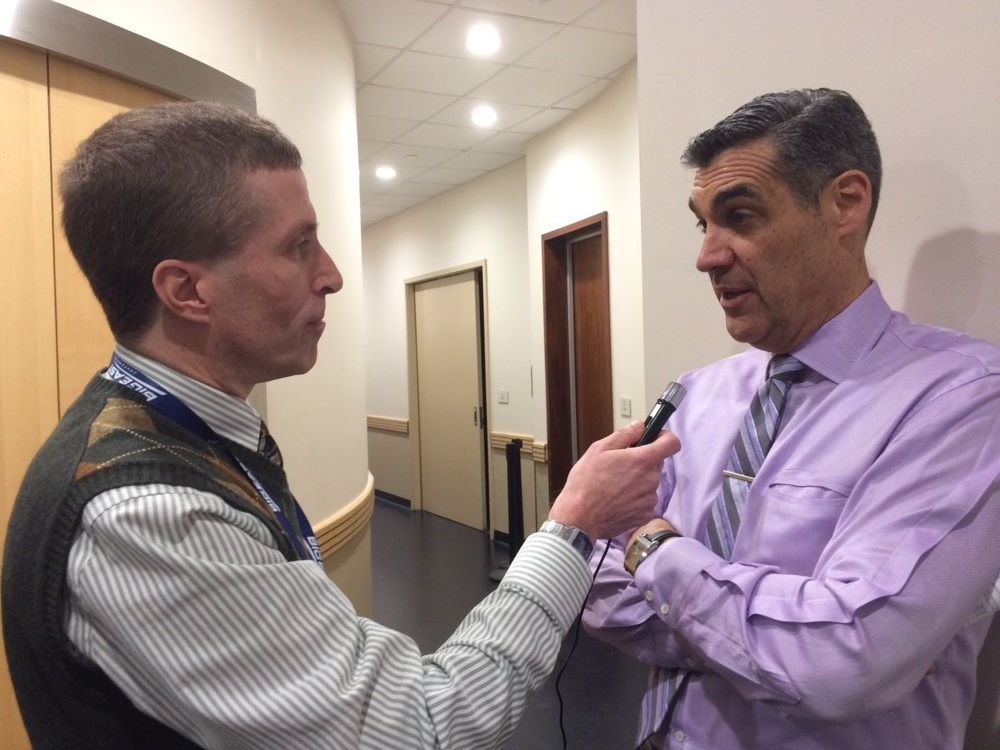On Tuesday, we’ll take a field trip to meet WNBC investigative reporter Jonathan Dienst. Among other things, we’ll discuss filing Freedom of Information requests. The Washington Post has an excellent primer video on the subject and ProPublica has a useful article, even if Illinois focused.
While I’ve got NBC on the brain, you might be interested to learn my employer recently launched Archives Xpress, a searchable library of license-ready content from NBC News and other NBCUniversal brands that’s available for immediate download by consumers. Users can select from different pricing options.
Max Parrott has become a reporting machine at AM New York, with bylines on stories about a hockey guidebook, the New York International Automobile Show, an event commemorating Dr. Martin Luther King Jr., an approaching deadline for e-cigarette shops and the closing of a club I’ll definitely miss. (Sorry New York doesn’t prioritize music venues like my beloved New Orleans does.)
Elsewhere, Karina Hernandez partnered with Max for a Queens Latino piece on undocumented bakery workers. Check out the video!
Finally, I’m in a good mood since I last saw you, given that my favorite basketball team won the national championship…

Interviewing two-time national champion coach Jay Wright of Villanova.


